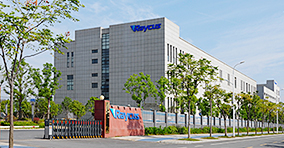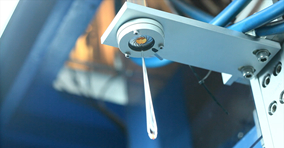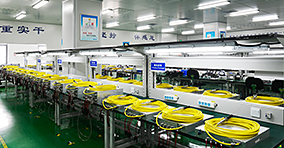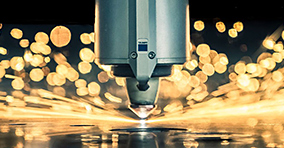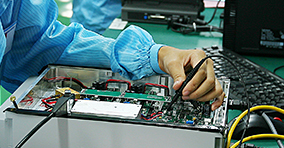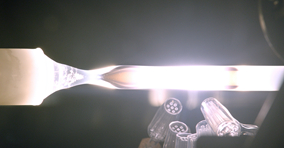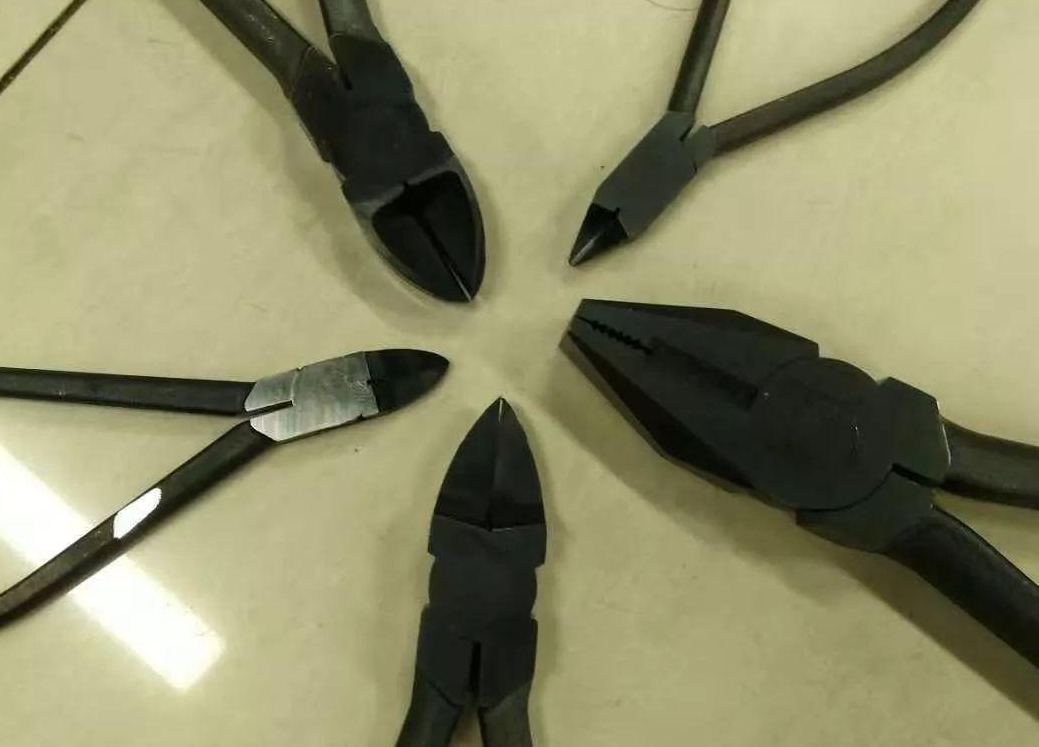Quench
huo
In the “Xinhua Dictionary”, the phonetic word for “quenching” is “cuì”, but most heat treatment craftsmen and workers will read “zhàn”.
However, there is a popular expression of quenching called “zhan”. This expression is very vivid, dipping the red-hot metal element into the water. “Chinese Dictionary” clearly states: quenching, dipping fire. Dipping fire should be a popular saying among artisans, while quenching is a written term.
Previously, in the workshop, annealing, normalizing, quenching, and tempering were the four basic processes in the overall heat treatment. Due to the noisy environment, in order to clearly distinguish the instructions of different processes, many masters will use the “dip fire” pronunciation to prevent The pronunciation of tui fire and cui fire is too close to be mistakenly heard, and word of mouth has been used to read zhan fire.
In summary, quenching reads cui, dipping fire reads zhan, ordinary people use “quenching”, practitioners use “dipping fire” in spoken language, and written words generally write “quenching”.
The main use of the quenching process is to greatly improve the rigidity, hardness, wear resistance, fatigue strength and toughness of metals, so as to meet the different requirements of various mechanical parts and tools.
- The laser heating speed is fast, the heat-affected zone is small, and it is the local heating instantaneously during surface scanning, so the deformation of the processed workpiece is extremely small ;
- Hardly damage surface roughness;
- Laser quenching does not crack , and can accurately quench local, groove and groove;
- Laser hardening is efficient and clean , and does not require water or oil to cool the medium;
- The quenching hardness is higher than the conventional method, the quenching layer has a fine structure, and the toughness is good.
- Because laser quenching is rapid heating and self-excited cooling, no need to protect the chamber heat insulation and coolant quenching, it is a pollution-free, green, environmentally friendly heat treatment industry, which can easily uniformly quench large surfaces .
Processing role: high temperature resistance after treatment, not easy to wear
Processing material: 45 # steel
Processing role: improve product life

Processing object: shaft
Processing material: 50 # steel
Processing effect: improve abrasion resistance


